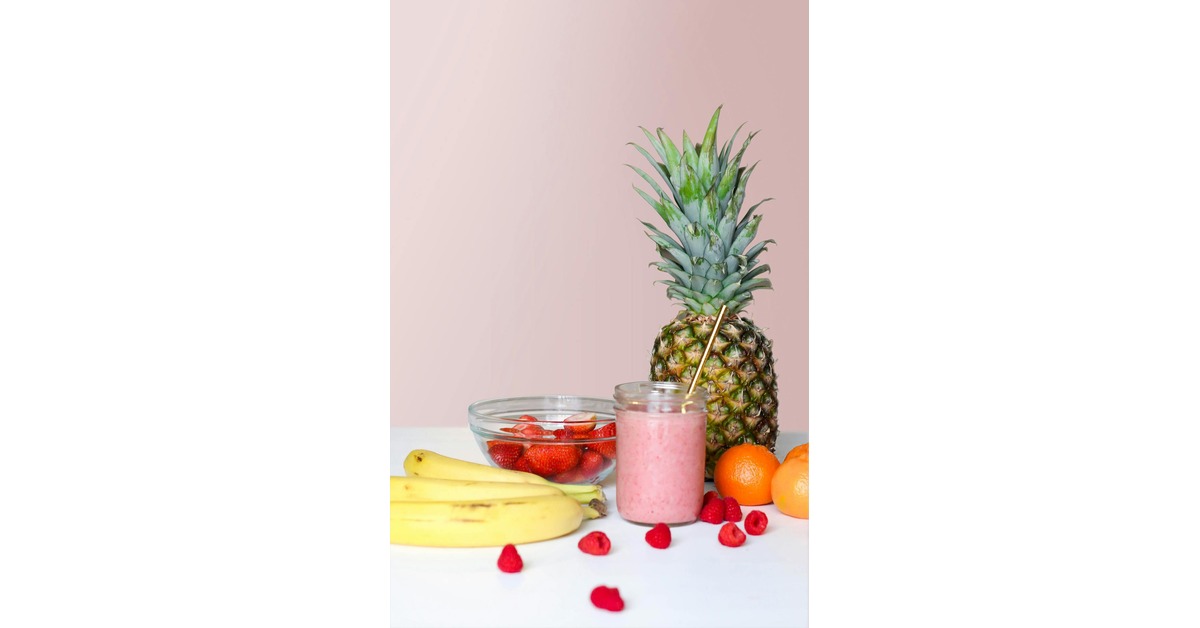Introduction
Fiber Glass 121 Textron has emerged as a famous preference in industries that require excessive strength, lightweight, and durable substances. Known for its particular homes and packages, its miles are used in sectors from manufacturing and car to aerospace. This article offers a detailed guide to , covering its benefits, packages, and crucial trends.
What is Fiber Glass 121 Textron?
Fiber Glass 121 Textron is a fiberglass fabric made from finely woven glass fibers. Its specific designation indicates its weight and fiber density, making it suitable for applications that require strength, flexibility, and durability.
Critical Properties of Fiber Glass 121 Textron
High Strength-to-Weight Ratio
Fiber Glass is lightweight but robust, perfect for programs requiring strong materials without added weight.
Corrosion Resistance
Unlike metals, this fiberglass does not corrode or rust, enhancing its durability, especially in harsh environments.
Thermal Stability
With wonderful thermal balance, Fiber Glass can resist excessive temperatures, making it a pass-to for several industrial programs.
Electrical Insulation
Its non-conductive houses make it appropriate for electric insulation programs.
Advantages of Using Fiber Glass 121 Textron
Using Fiber Glass gives multiple advantages:
Durability:
Resistant to weathering, UV exposure, and chemical compounds, this cloth is long-lasting and may resist harsh environments.
Lightweight:
It’s significantly lighter than metals, making transportation and installation less complicated.
Versatile:
It may be fashioned, molded, or layered, fitting particular software goals.
Cost-Effective:
Fiber Glass gives stability of performance and cost, imparting exceptional without excessive prices.
Eco-Friendly:
It is recyclable and has value for environmentally aware industries.
Applications of Fiber Glass
Fiber Glass Textron is broadly used throughout a couple of industries due to its specific houses:
Aerospace and Defense
Aircraft Components:
These are used in non-structural elements because of their lightweight houses.
Radar Domes:
Its transparency to radar waves makes it appropriate for military and commercial plane radomes.
Automotive and Transportation
Vehicle Panels:
Lightweight and sturdy, they are ideal for panels and are one-of-a-kind elements to lessen automobile weight.
Boat Hulls:
It is corrosion-resistant and doesn’t degrade in water, making it well-known in marine packages.
Construction and Infrastructure
Reinforcement Material:
Used for reinforcing concrete, enhancing structural power without together with weight.
Roofing and Facade Panels:
Offers aesthetic appeal, durability, and thermal resistance.
Electrical and Electronics
Cable Insulation:
Its non-conductive homes are perfect for insulating electrical wires and components.
Printed Circuit Boards (PCBs):
Used as a base cloth in PCBs due to its insulation and durability.
Wind Energy
Turbine Blades:
Fiber Glass Textron is vital in generating turbine blades, leveraging its electricity and lightweight houses to beautify energy performance.
How Fiber Glass is Made
The production procedure of Fiber Glass 121 Textron involves the following steps:
Melting Raw Materials
Silica sand and different substances are heated to excessive temperatures till they melt into a liquid form.
Fiber Formation
The molten glass is then drawn into thin, non-forestall fibers, which might be cooled and collected.
Weaving into Fabric
The glass fibers are woven into a fabric, developing a robust and durable material with a consistent form.
Treatment and Coating
A coating is carry out to guard the fibers from damage and decorate houses with corrosion resistance and thermal balance.
Comparing Fiber Glass Textron with Other Materials
Here’s how Fiber Glass stacks up in competition to similar materials:
Property Fiber Glass Steel Carbon Fiber Weight Light weight Heavy Very Light weight Corrosion Resistant Susceptible Resistant Cost Moderate Moderate to High High Flexibility Moderate Low High Thermal High Stability High Stability Moderate Stability
Installation Tips for Fiber Glass Textron
When putting in Fiber Glass , keep the following suggestions in mind:
Use Proper Safety Gear
Protect yourself with gloves, goggles, and a face mask, as fiberglass can worsen the pores and pores and skin and breathing tools.
Cut with Sharp Tools
Use an application knife or specialized fiberglass cutter for a clean, particular reduction.
Apply Appropriate Adhesives
For bonding, use an adhesive appropriate for fiberglass to ensure a long-lasting keep.
Inspect for Quality
Check for any flaws or irregularities inside the fiberglass before setting it up to avoid troubles later.
FAQs about Fiber Glass 121 Textron
1. Is Fiber Glass 121 Textron secure to apply?
Yes, it’s ordinarily secure even when dealt with efficiently. However, it is crucial to wear protective equipment to prevent skin contamination or respiratory troubles from the fibers.
2. Can Fiber Glass 121 Textron face up to excessive temperatures?
Fiber Glass has incredible thermal stability, making it suitable for high-temperature programs.
3. How does Fiber Glass 121 Textron compare to carbon fiber?
Textron is cost-effective and flexible, carbon fiber is lighter and stronger but much more expensive. The choice depends on the utility requirements and budget.
4. Is Fiber Glass 121 Textron green?
It is recyclable, making it a more sustainable desire for environmentally aware industries.
5. What industries have the most advantages from Fiber Glass Textron?
Fiberglass is use in the aerospace, vehicle, manufacturing, electric, and wind power industries due to its mild weight, long-lasting, and non-conductive properties.
Conclusion
Fiber Glass 121 Textron is a distinctly bendy and robust material that serves many industries. Its excessive energy-to-weight ratio, corrosion resistance, and thermal balance make it a brilliant choice for applications requiring reliability and durability. continues to conform with improvements in generation, imparting solutions that meet the demands of modern engineering and commercial packages.
Whether for aerospace additives, vehicle components, or creation reinforcement, stands out as a price-powerful and sturdy alternative. Its greenhouses also make it a favored choice for agencies aiming for sustainability.
